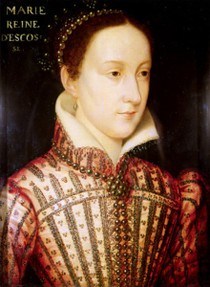 When James V died on December 14, Mary Stewart was just six days old. She would become Queen of Scotland, but the country was ruled by a series of regents, with her mother taking control of her possessions when she was two years old.
When James V died on December 14, Mary Stewart was just six days old. She would become Queen of Scotland, but the country was ruled by a series of regents, with her mother taking control of her possessions when she was two years old.
England and Scotland were still at war, but Henry VIII wanted peace. When a Protestant became the regent of Scotland, the English king took the opportunity to suggest a marriage between his son and the Scottish Queen. It led to the Treaty of Greenwich, which had a few clauses within it—favourable to the Scottish and the English. One of the biggest clauses was that if the marriage came to an end without issue, the two countries would become separate again. They were still separate entities legally.
However, the Catholic Cardinal Beaton took over as regent in 1553, and brought a pro-French, Catholic regimen to the country, something that angered Henry VIII. It led to the treaty dissolving in December of that year, and the betrothal was off. England and Scotland were back at war.
To keep Mary safe, Scotland turned to France for help. After that, she was sent to the French court and betrothed to her future first husband, the Dauphin Francis. Henry II of France became like a father to the five-year-old girl, and she grew close to her future husband. In fact, when both Henry II and her husband died about a year within each other, she was distraught.
She was raised as a French Catholic, and loved her religion. However, it caused problems when she moved back to a Protestant Scotland.


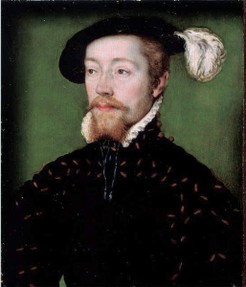 James V was the son of Margaret Tudor and James IV of Scotland. Due to that, he had a claim to the English throne. It was possible in 1542 that James never considered getting his hands on the English crown. By this point Henry VIII had the heir to the throne, Prince Edward. The prince was still young, with plenty of chance to marry and have children.
James V was the son of Margaret Tudor and James IV of Scotland. Due to that, he had a claim to the English throne. It was possible in 1542 that James never considered getting his hands on the English crown. By this point Henry VIII had the heir to the throne, Prince Edward. The prince was still young, with plenty of chance to marry and have children.




 When James V died on December 14, Mary Stewart was just six days old. She would become Queen of Scotland, but the country was ruled by a series of regents, with her mother taking control of her possessions when she was two years old.
When James V died on December 14, Mary Stewart was just six days old. She would become Queen of Scotland, but the country was ruled by a series of regents, with her mother taking control of her possessions when she was two years old.


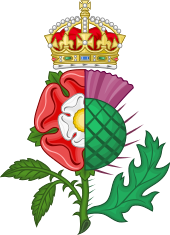 Something that worried Elizabeth I of England was her Catholic cousin’s claim to the English throne. Mary continually tried to get her cousin to agree to her being named her heir, but Elizabeth always had conditions—one of those marrying Robert Dudley.
Something that worried Elizabeth I of England was her Catholic cousin’s claim to the English throne. Mary continually tried to get her cousin to agree to her being named her heir, but Elizabeth always had conditions—one of those marrying Robert Dudley.




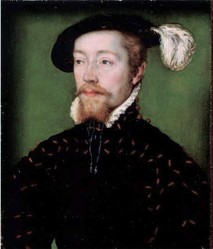

 Alternate History: What If Mary I Had a Child?on 01/26/2015
Alternate History: What If Mary I Had a Child?on 01/26/2015
 Francis II of France Dies: Mary, Queen of Scots Returns Homeon 12/05/2014
Francis II of France Dies: Mary, Queen of Scots Returns Homeon 12/05/2014
 Does Writedge Pay? Payment Proofon 12/03/2014
Does Writedge Pay? Payment Proofon 12/03/2014
 Alternate History: What If Lady Jane Grey Was Not Deposed?on 11/11/2014
Alternate History: What If Lady Jane Grey Was Not Deposed?on 11/11/2014

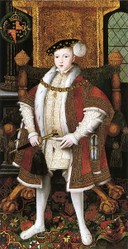
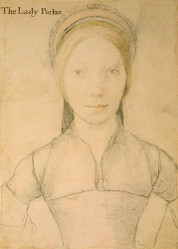
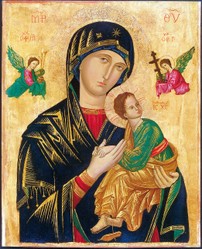
Comments
Mary was a victim of circumstances and of the appallingly brutal state of Scottish and English politics. She was not the bad guy.
I love Mary, Queen of Scots. There is just so much about her. I went to an exhibition about her during the summer and have been putting together a series of article ideas based on the things that I've learnt. Now it's just a case of getting the time to read all the books I bought and write them out! I remember in history lessons viewing her as the bad guy, similar to the way Mary I was viewed, but it really isn't the case when you delve into their lives.
This was very interesting. I love history, however I haven't read up much on Mary and her family